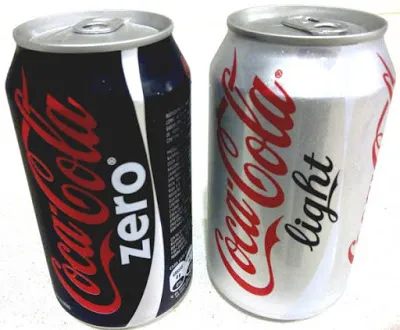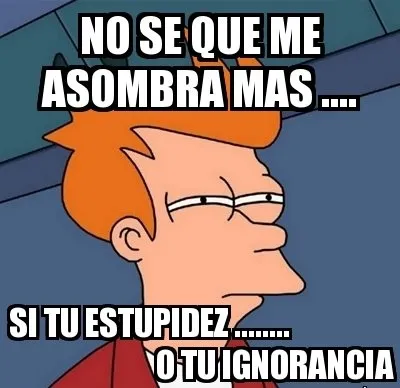Many issues formulated by the company in food matters have to do with the consumption of Coca-Cola.
Unfortunately, many sugary drinks are drink, despite their great relationship with diseases.
Although there are scientific evidence that relates very low calorie drinks with weight gain and type II diabetes, the truth is that more studies are needed to corroborate such statements.
However, there is a clear relationship between consumption of sugary soft drinks and diseases.Of that, today, there is no doubt.
Coca-Cola Light and Coca-Cola Zero are two classic options and widely used by the majority of society to use meals or, simply, in replacement of water.
Remember that no soda, no matter how low in Kcal, is a better option than water.I recommend the reading of the 'Full' published a few months ago (June 2016) about the relationship that could exist between the consumption of sugary drinks (including sweetened drinks) and metabolic syndrome (type II diabetes and cardiovascular disease).The study, published in The Journal of Nutrition, is called "Frequent Consumption of Sugar
Once promulgated the recommendation not to consume any type of soda, I will explain where the difference between Coca-Cola Zero and Coca-Cola Light resides.
One of the skills of my profession, food science and technology, is the interpretation and research of food ingredients, apart from differentiating the sensory quality of said food.It is, therefore, that this type of differentiation gives me so many curiosity.
Coca-Cola Light was launched in the market in 1982, offering the consumer a tail drink with a taste very similar to the sugary product, and with the particularity of containing only 0'2 kcal per 100 ml of product.
Coca-Cola Zero arrived in Spain in 2006 with a 'boom' that impressed consumers.It was promoted as a sugarless tail (hence the "Zero").However, it seems that people did not know that Coca-Cola Light offered the same product.Identical.Without sugars and 95% of the same ingredients.
As I always say, our nutritional education is so extremely poor, that we do not know how to interpret a nutritional label.Society thought-and many continue to do it-that Coca-Cola Light was a tail with a % lower calorie;However, Coca-Cola Zero was the panacea and provided a completely without calorie tail.
The two provide the same kilocalories = 0'2kcal/100ml!
the difference between both
Many Coca-Cola followers reiterate that Zero and Light do not have the same flavor.It's true.The only difference that resides between the two is that the light carries one more acidulant, specifically the citric acid (E-330), that is, Coca-Cola Light is composed of citric acid+phosphoric acid, while Coca-Cola Zero onlycomposes of phosphoric acidiculating.
Conclusions
- The consumption of soft drinks is not recommended.This article is pure curiosity of a future food technologist.
- The difference between Light and Cola Zero lies in a single ingredient, an additive, an acidulant, the E-330, providing more acidity to the light with respect to the zero.
- Both have almost the same characteristics.The rest, pure marketing.











